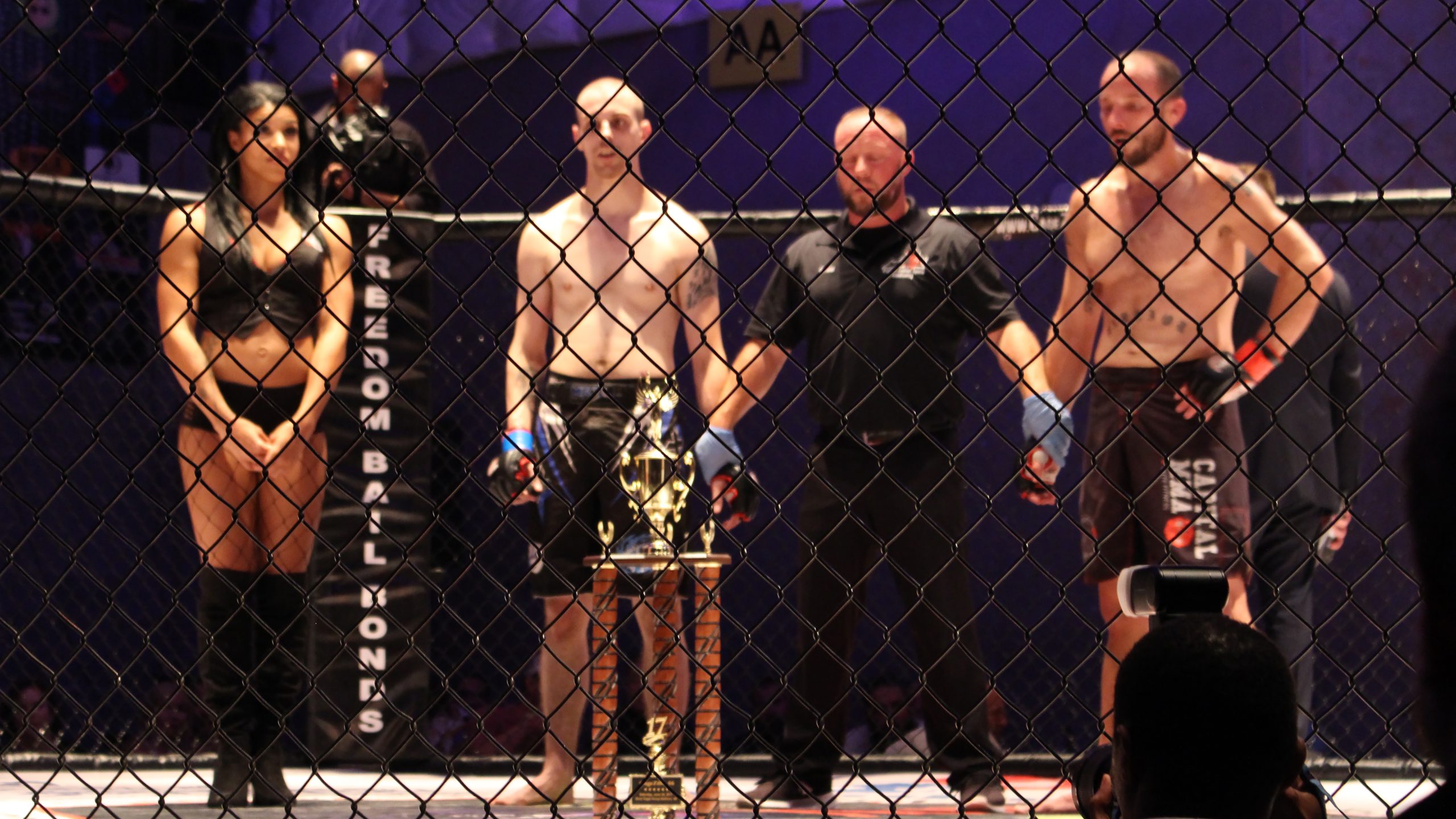Combat sports have been a part of human history for centuries, evolving from primal contests of strength and skill to highly regulated events with significant cultural impact. These sports, ranging from wrestling and boxing to mixed martial arts (MMA) and judo, have not only entertained millions but also shaped societal norms, fitness trends, and even political views. In this exploration, we delve into the rich history, the evolution, and the multifaceted impact of combat sports in our world today.
The Ancient Origins
Combat sports find their earliest roots in ancient civilizations, where they were more than just physical contests; they were integral to cultural expression and societal norms. In ancient Greece, wrestling and boxing were not only celebrated in the Olympics but also revered as measures of physical prowess and honor. The Romans, on the other hand, elevated gladiatorial combat to a grand spectacle, symbolizing both the glory and brutality of their empire.
These combative forms served various purposes, from military training to religious rites, reflecting the values and beliefs of their times. The intensity and ferocity of these early combat sports were a direct reflection of the often harsh and unforgiving realities of ancient life, making them a significant aspect of historical tradition.
The Middle Ages and Beyond
During the Middle Ages, combat sports continued to evolve, mirroring the societal and cultural changes of the time. In medieval Europe, jousting emerged as a popular sport among knights, becoming a symbol of chivalry and courtly manners. It was not just a sport but a demonstration of skill, courage, and honor. Simultaneously, in Eastern cultures, martial arts like kung fu and karate began to develop.
These were not merely fighting techniques but also forms of self-expression and philosophical practice. They emphasized discipline, mental strength, and spiritual development, transcending their origins as mere combat techniques. This era marked a shift from combat sports being primarily entertainment to becoming avenues for personal development, discipline, and philosophical exploration.
The Modern Era
The 20th century marked a pivotal shift in combat sports. Boxing, led by icons like Muhammad Ali, emerged as a major professional sport, captivating audiences worldwide. Concurrently, the advent of online sports betting revolutionized the viewing experience, turning fans into participants as they wagered on global matches.
Meanwhile, wrestling evolved from sideshow attractions to a mainstream spectacle, thanks to the establishment of professional leagues. The century’s latter half heralded the inception of mixed martial arts (MMA), a groundbreaking amalgamation of diverse fighting disciplines into a single, unified sport. This era’s innovations reshaped combat sports, expanding their appeal and embedding them more deeply into the fabric of popular culture.
Combat Sports and Society
Combat sports have long reflected societal dynamics, serving as both a mirror and a catalyst for change. They’ve provided a powerful platform for addressing racial and social issues, as evidenced by the significant role of boxing during the civil rights movement. Moreover, these sports have significantly influenced fitness trends, inspiring countless individuals to adopt their rigorous training methods for personal health and well-being.
Beyond entertainment, combat sports have fostered national pride and unity, with athletes often seen as embodiments of their countries’ strength and spirit on the global stage. This deep interconnection with societal values underscores the profound impact of combat sports, transcending mere physical contests to become influential forces in shaping public consciousness.
The Future of Combat Sports
Looking ahead, combat sports are poised for further evolution, driven by both technological advances and shifting societal norms. The proliferation of betting podcasts, offering expert analyses and predictions, exemplifies the growing sophistication of sports betting, engaging audiences in new, interactive ways. Heightened awareness of athlete health and safety is prompting calls for stricter regulations and enhanced protective measures, reflecting a more conscientious approach to these physically demanding sports.
Significantly, the increasing prominence of women in combat sports is breaking traditional gender barriers, promoting inclusivity, and broadening the sports’ appeal. These trends indicate a dynamic future for combat sports, one where innovation, safety, and diversity will likely define the next era of these time-honored disciplines.
Conclusion
The journey of combat sports is a testament to their enduring appeal and significance. From ancient arenas to modern stadiums, these sports have been a mirror to society, reflecting our values, struggles, and aspirations. As they continue to evolve, combat sports remain a fascinating and vital part of our cultural tapestry, offering insights into our collective human experience.

